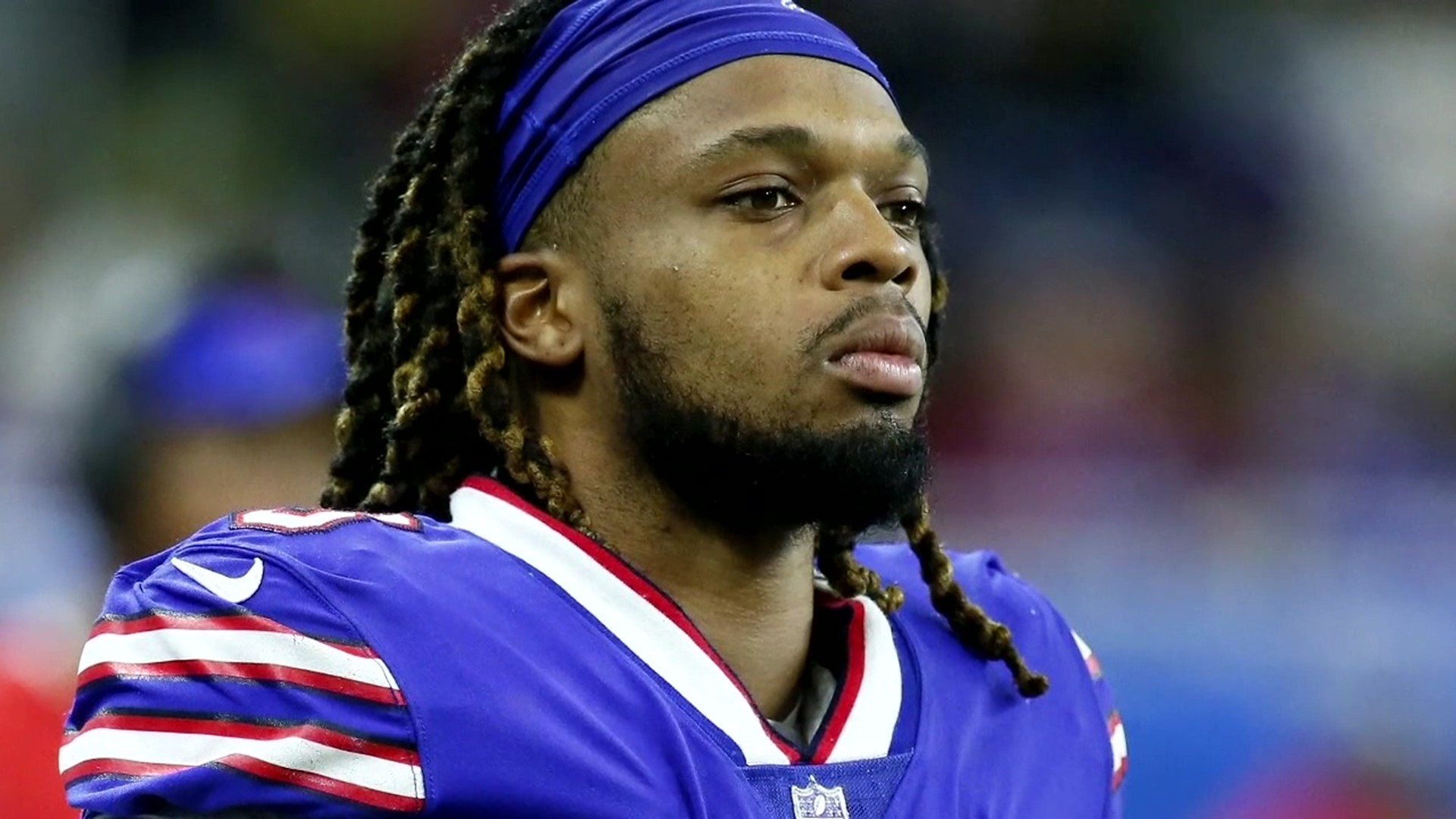DANVILLE, Pa. — Monday Night Football was cut short after Buffalo Bills' safety Damar Hamlin collapsed on the field after making a tackle.
The Bills' organization has revealed he went into cardiac arrest.
Newswatch 16 spoke with Geisinger's Dr. Martin Matsumara about contact injuries to the chest; he specializes in sports cardiology.
"These things happen. Even with the best of our preventive care and screening, these things will happen both on the sports field and off the sports field. The key is prompt recognition and restoration of normal heart rhythms," said Dr. Matsumara.
Buffalo players huddled around Hamlin to create a human wall. Many were seen on one knee praying for their teammate. The Bills organization announced that Hamlin's heartbeat had to be restored on the field.
"After several minutes, unfortunately, even with the best of your effort and the best CPR to restore rhythm, the outcome can be dramatically worse and traumatic," Dr. Matsumara said.
The cause of Hamlin's collapse and cardiac arrest are undetermined. Many medical professionals around the internet speculate it could have been due to Commotio Cordis. We asked Dr. Matsumara to explain what that is.
"If bullet force contact is made with the chest wall approximate to the heart, it can suddenly lead to a formation of an abnormal heart rhythm which is potentially life-threatening."
Dr. Matsumara said everyone should try to become CPR-certified. He says you never know when you might need it.
"It is simple, and you are absolutely right; it can save lives. Never assume the person next to you knows CPR because that is not always the case. So, the more of us capable of doing it, the more people that will survive during these events," added Dr. Matsumara.
The Bills organization says Hamlin was transferred to the University of Cincinnati Medical Center for further testing and treatment.
He remains in critical condition.
See more Healthwatch 16 stories on YouTube.

